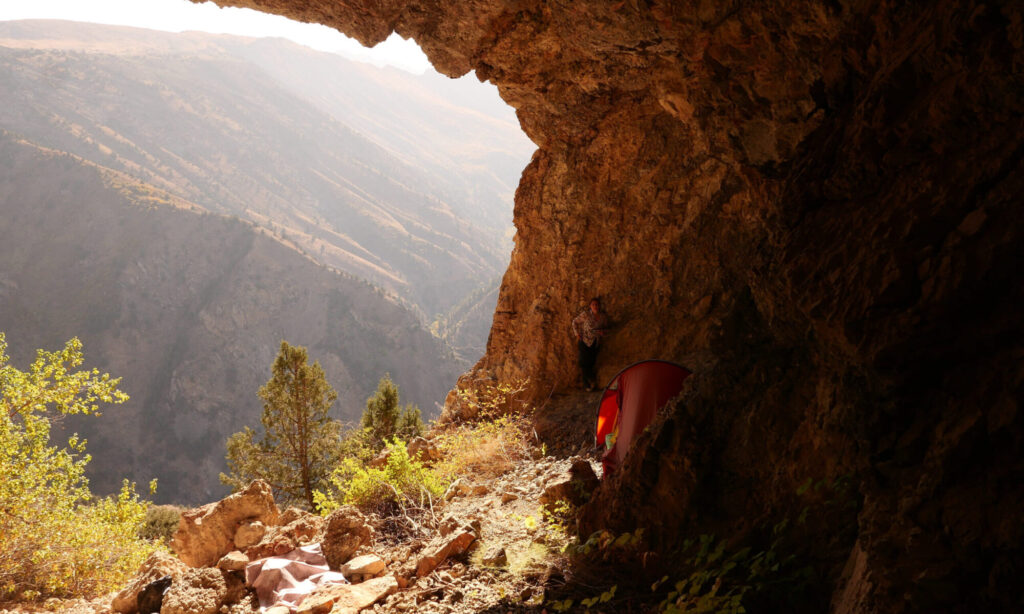Studying human prehistory through cave sites in Central Asia

Long before modern humans were thought to have arrived in Eurasia, advanced stone tool technologies were already present in Central Asia. Recent discoveries in Uzbekistan and Tajikistan reveal that blade tools resembling those of the Initial Upper Palaeolithic (IUP) date back as far as 70 000 years, which is prior to what was expected. This raises a crucial question: did modern humans reach the region earlier than previously believed, or did Neanderthals or Denisovans develop similar techniques independently?
We are the only living human species on Earth today, but it hasn’t always been that way. Just 50 thousand years ago, the planet was home to several different hominid populations. What happened to all the others? Why are we left on Earth alone?
We want to explore an important question: how much did contact with others shape us as modern humans, and to what extent did we contribute to their extinction? A true adventure’s ahead of us.
an excerpt from an interview with Prof. Małgorzata Kot – ERC Consolidator Grant
The ERC-funded INASIA project seeks to answer this by studying new cave sites, using a multidisciplinary approach to uncover who made these tools, how they lived, and whether they interacted with other human species, reshaping our understanding of early human migration.
Information about EU funding.
